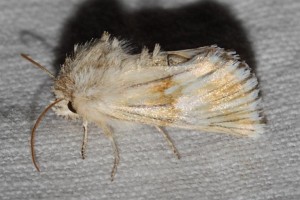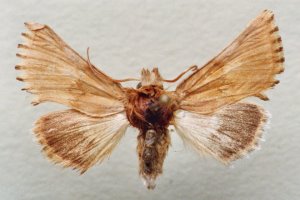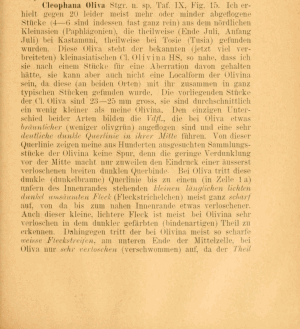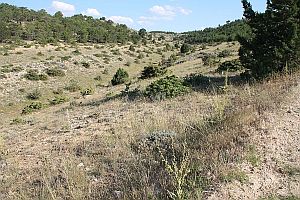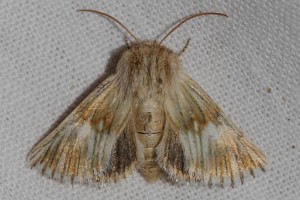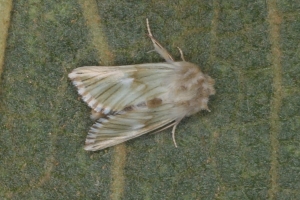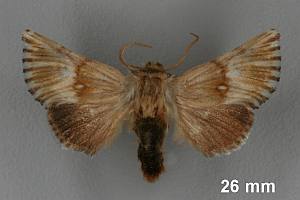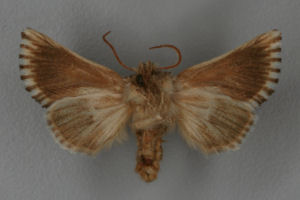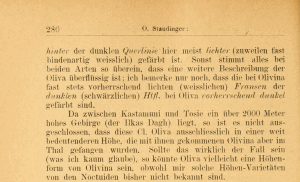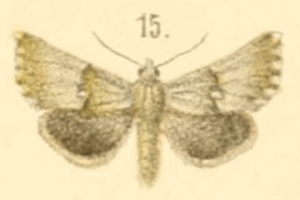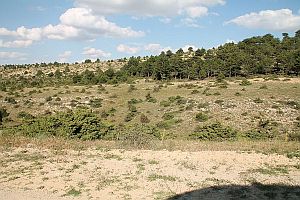

 +2Kontinente:EUAS
+2Kontinente:EUAS2. Diagnose
2.1. Geschlecht nicht bestimmt
2.2. Erstbeschreibung
4. Weitere Informationen
4.1. Andere Kombinationen
- Cleophana oliva Staudinger, 1895 [Originalkombination]
- Copiphana oliva (Staudinger, 1895)
4.2. Faunistik
Die Aufnahme der Art in die Liste von Karsholt & Razowski (1996) und in die Fauna Europaea beruhte auf einem einzigen alten Exemplar aus Griechenland. Ronkay & Ronkay (1995: 80) hatten dazu geschrieben: "Ponto-Mediterran. Except for a single European record, the known localities are in Anatolia and south-eastern Transcaucasia. Although not reported from Europe and not listed by Fibiger & Hacker (1991), a beautiful example (Pl. 4, fig. 2) of this species was found in the Zoological Museum, Copenhagen with the label "Graeca, [18]96, Sintenis". The exact locality of this specimen is unknown but the data of Sintenis are authentic and, if the former and recent discoveries of several west Asian noctuids in (the insular and/or continental) Greece are considered, its occurence in the southern Balkans and/or in the Aegean region is possible." Davon ausgehend, dass das alte Exemplar von Sintenis tatsächlich von irgendwo aus Griechenland stammt, und unter Berücksichtigung der Tatsache, dass weitere Meldungen bis heute ausblieben, nehmen wir die Meldung aus Griechenland im Lepiforum als Einzelnachweis auf.
(Autor: Erwin Rennwald)
4.3. Publikationsdatum der Erstbeschreibung
Das zweite Heft des Zeitschriftenjahrgangs (193-376, I-X und pl. VIII-XI) wurde laut Inhaltsverzeichnis [Digitalisat auf archive.org] am 5. Januar 1895 ausgegeben.
(Autor: Jürgen Rodeland)
4.4. Literatur
- Ronkay, G. & L. Ronkay (1995): Noctuidae Europaeae. Volume 7. Cuculliinae II. – 224 S., 4 Farbtafeln; Sorø (Entomological Press).
- Erstbeschreibung: Staudinger, O. (1895): Neue Lepidopteren-Arten und Varietäten aus dem paläarktischen Faunengebiet. — Deutsche Entomologische Zeitschrift Iris 7 (2): 241-296, pl. IX.



